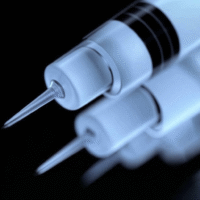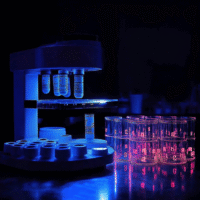Understanding the Study Results
This study looked at two methods for fixing facial issues related to a Class Ⅲ maxillofacial deformity, which is when the lower jaw is too far forward compared to the upper jaw. The goal was to see which method better improves the appearance around the nose and mouth.
What Worked?
- The method that combined anterior maxilla clockwise rotation with a specific surgical procedure (segmental Le Fort Ⅰ osteotomy) showed better results in moving the soft tissue around the nose and mouth.
- This method also helped correct the angle of the upper teeth and made the nasolabial angle (the angle between the upper lip and the nose) look better.
What Didn’t Work?
- The whole maxilla clockwise rotation method did not achieve the same improvements in soft tissue movement or tooth angle as the anterior maxilla method.
How Does This Help Patients or Clinics?
- Patients can expect better aesthetic results from the recommended method, which can improve their confidence and satisfaction with their appearance.
- Clinics can offer a more effective treatment option, potentially leading to better patient outcomes and less need for follow-up procedures.
Real-World Opportunities
- Hospitals can adopt the anterior maxilla clockwise rotation combined with segmental Le Fort Ⅰ osteotomy as a standard practice for treating Class Ⅲ deformities.
- Doctors can educate patients about the benefits of this new approach, enhancing patient trust and engagement.
Measurable Outcomes
- Track improvements in the soft tissue movement around the nose and mouth.
- Monitor changes in the angles of the upper teeth and nasolabial angle.
- Evaluate patient satisfaction through surveys before and after the treatment.
AI Tools for Enhanced Care
- Consider using AI tools for 3D modeling to better plan surgeries and visualize outcomes for patients.
- AI can assist in tracking patient recovery and outcomes through data analysis, helping to refine treatment approaches.
Step-by-Step Plan for Clinics
- Start by training staff on the new surgical method and its benefits.
- Introduce the technique in a limited number of cases to monitor outcomes.
- Gather data on patient results and satisfaction to assess the method’s effectiveness.
- Gradually expand the use of this technique based on positive results and feedback.
For more detailed information about the research, you can read the full study here.

























